Predator Avoidance Strategy of the European Click Beetle
Pascal Schneider from Mainz, central Germany recorded this interesting predator avoidance behavior on the night of May 23rd 2012. He heard a curious clicking sound coming from a corner of terrace next to his kitchen. He quickly realized that a Pholcid spider was attacking a beetle and didn’t hesitate to record the event. The beetle Athous haemorrhoidalis (Elateridae family) is species strictly found in europe. As in most insects, females are always larger than males. Larvae develop in soil and […]

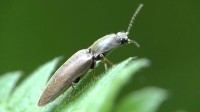
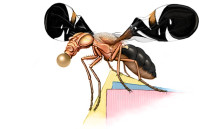
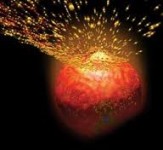
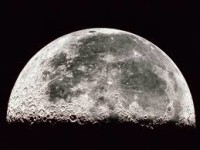
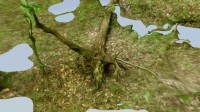
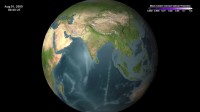

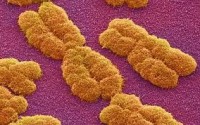
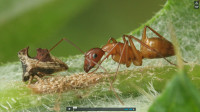

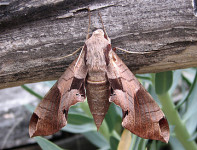

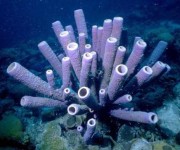
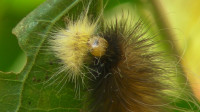
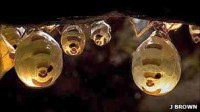

Recent Comments